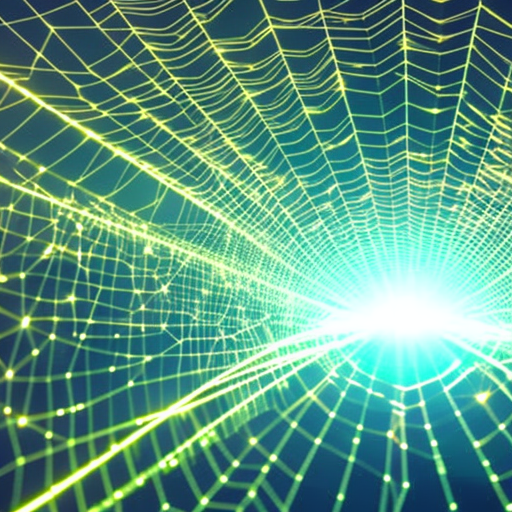Holography:
Holography is a technique that allows the recording and reconstruction of three-dimensional images using the principles of interference and diffraction. It was invented by Hungarian-British physicist Dennis Gabor in 1947 and has since found applications in various fields, including art, entertainment, and scientific research.
Principles of Holography:
Holography works by capturing both the intensity and phase information of light waves. Unlike traditional photography, which records only the intensity of light, holography records the interference pattern created by the interaction of two light waves: the object wave and the reference wave.
When a laser beam is split into two parts, one part is directed towards the object being recorded, while the other part serves as the reference beam. The object beam interacts with the object and carries its information, while the reference beam remains unchanged. The two beams then meet on a photographic plate or a photosensitive material, creating an interference pattern.
Recording and Reconstruction:
The interference pattern created by the object and reference beams is recorded on a photosensitive material, such as photographic film or a digital sensor. This recorded interference pattern is known as a hologram. The hologram contains all the information necessary to reconstruct a three-dimensional image of the object.
To reconstruct the hologram, a reference beam is shone onto the hologram, and the diffracted light interacts with the recorded interference pattern. This interaction recreates the original object wave, which then forms a virtual or real image of the object. The reconstructed image appears three-dimensional, allowing the viewer to perceive depth and parallax.
Types of Holography:
There are several types of holography, including transmission holography, reflection holography, and rainbow holography.
Transmission holography involves using a laser beam to illuminate the object and a photographic plate to record the interference pattern. When the hologram is reconstructed, the viewer can see the three-dimensional image by looking through the hologram.
Reflection holography, on the other hand, uses a beam splitter to direct the object and reference beams along different paths. The object beam reflects off the object and combines with the reference beam on the holographic plate. This type of holography allows the viewer to see the reconstructed image by reflecting light off the hologram.
Rainbow holography is a variation of reflection holography that uses a series of vertical slits to create a multi-colored image. This technique produces a visually striking hologram that changes colors as the viewer moves.
Applications of Holography:
Holography has found numerous applications in various fields. In art and entertainment, holography is used to create captivating three-dimensional displays, holographic art, and holographic projections for concerts and performances.
In scientific research, holography is used for microscopy, allowing scientists to study microscopic objects in three dimensions. It is also used in holographic interferometry, a technique that measures small displacements and deformations in objects under stress.
Holography has also found applications in security and authentication. Holograms are commonly used on credit cards, passports, and banknotes as a security feature to prevent counterfeiting. The complex nature of holograms makes them difficult to replicate accurately.
In conclusion, holography is a technique that records and reconstructs three-dimensional images using interference and diffraction principles. It has applications in art, entertainment, scientific research, and security. By capturing both the intensity and phase information of light waves, holography allows for the creation of visually striking and realistic three-dimensional images.












